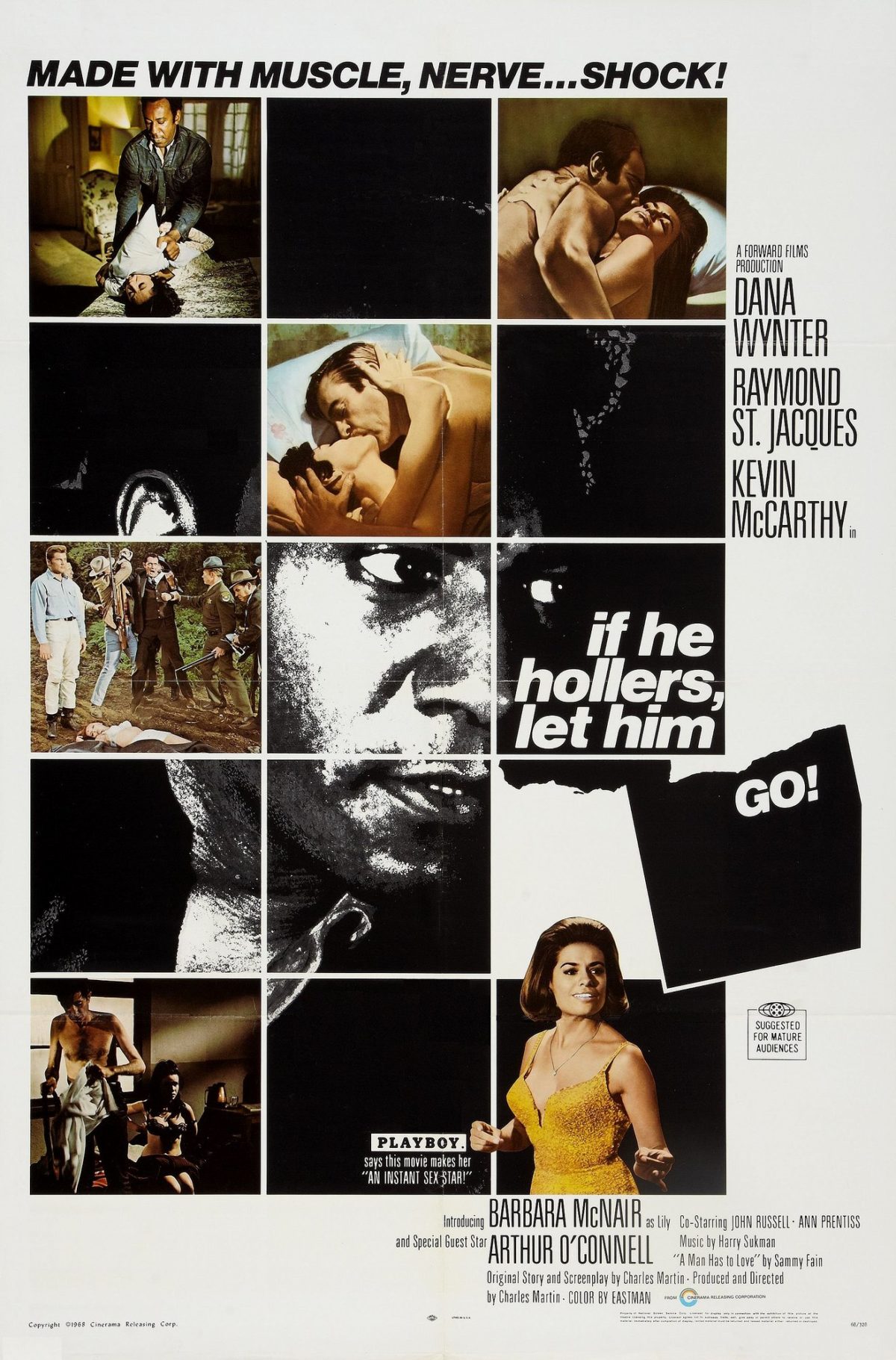In American society millions of children and young adults read certain coming-of-age stories that. Translating to “novels of education” in German, bildungsromans often shed light on the trials and tribulations of becoming an adult. But bildungsromans are not just any kind of coming-of-age story; they focus on the social and psychological growth of a lost child who transforms into a mature adult. The stages of the bildungsroman includes loss, journey, conflict, and maturity. Iceberg Slim’s Trick Baby is best read as a formulaic bildungsroman that adopts a new moral order of the underworld instead of conforming to that of white mainstream society in the 1960s.
Even the title of Slim’s controversial yet captivating novel suggests that the protagonist has already lost something essential: his identity. Born as Johnny O’Brien Jr. to a thrill-chasing white drummer and a love-struck black mother, the protagonist is cruelly taunted by the black children in his South Side neighborhood of Chicago. The children dub him “Trick Baby,” a devious nickname that implies that he is the child of a prostitute and her client. Yet the protagonist protests that his parents were married when they conceived him. He soon loses the presence of his father, however; he and his mother Phala are left with nothing. After being ostracized by the black children in his neighborhood for passing as white, the protagonist feels a sense of longing for a paternal figure.
Yet the protagonist’s journey begins when he meets Blue, a seasoned con artist who christens him “White Folks.” To the two of them, this nickname affirms the protagonist’s identity as a black man as well as a black pimp, thereby affirming his masculinity and identity. White Folks leaves behind the stigma of “Trick Baby” and his supposedly-expendable black maternal figure Phala by accepting Blue as the paternal figure he has always longed for. In this way White Folks and Blue begin a decades-long con game that eventually reaches its climax as the former falls madly in love with “the Goddess.” Camille embodies the mythical angel version of the femme fatale and the feminine ideal in White Folks’ eyes; they reflect each other’s whiteness. Camille also represents the forbidden fruit for the black man. She is white, married, and older than him. Yet White Folks reaches maturity when he loses Camille; he allows her father to trick him into exposing his racial identity. Slim restigmatizes his blackness while lamenting White Folks’ loss of his white identity. Consequently, White Folks vows to view sex as transactional only. He truly becomes the pimp, and his bildungsroman completes its cycle.

In my post this week I did something similar in the sense that I also proposed the best way I saw fit to frame the novel in the context of more familiar types of literature. For me, it read much like a memoir that simply tells a story in a compelling way. I think that your reading of it, as a bildungsroman, is very interesting as I had not considered that. Perhaps it escaped my mind because of the fact that I am used to a cleaner “coming of age” in the classical bildungsromans. This did not seem like he had really come of age in any way. However, when you describe the coming of age as his becoming a pimp, I do see your point and I think it is an interesting one at that. Perhaps the idea of a sort of “street” bildungsroman that is almost tragic due to the outcome of the main character as further fallen from morality than even at the beginning of the story. Overall I really like the idea of framing this novel as you did, and, like I mentioned, I did something very similar and think it is a helpful device as we read to connect it to other books/styles that we are more familiar with.